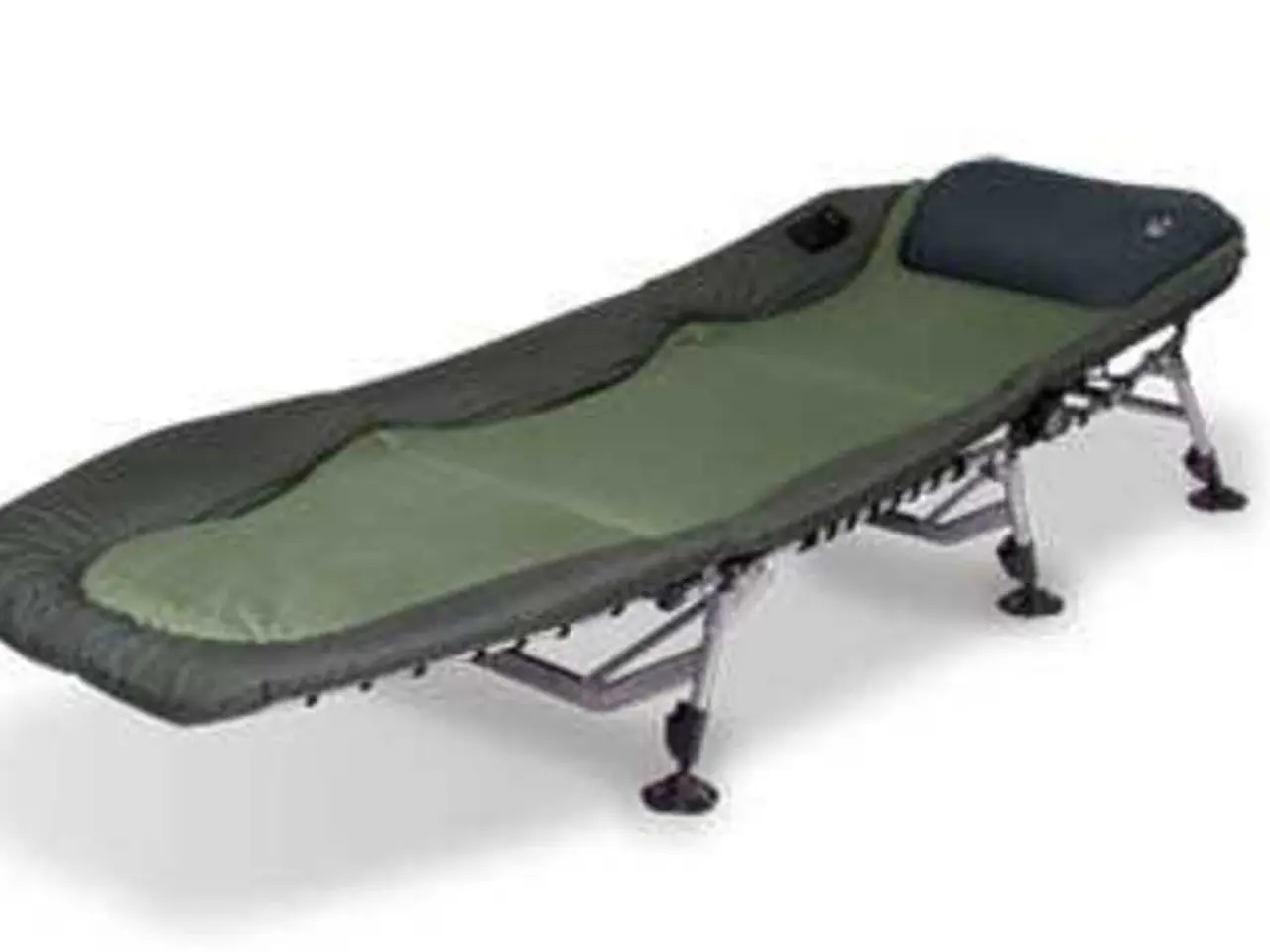Exercises to Relieve Shoulder Discomfort and Limited Movement (Top 10)
In today's sedentary lifestyles, shoulder and neck tension have become common complaints, particularly among those who spend long hours at a desk. However, regular exercise and stretching can help alleviate these issues and enhance flexibility in the neck and shoulders. Here are some recommended techniques to relieve shoulder tension.
**Shoulder Tension Relief Exercises**
1. **Shoulder Rolls and Neck Rolls** - Loosen tight muscles and increase circulation by rolling your shoulders backward and forward five times each, and gently rolling your head in a circle for about seven seconds in each direction.
2. **Cross-Body Shoulder Stretch** - Target the muscles at the back of the shoulder by standing with feet shoulder-width apart, extending one arm straight across your chest, and gently pulling it toward your body. Hold for 30–60 seconds, then switch sides.
3. **Shoulder Blade Muscle Stretch** - Stretch the muscles around the shoulder blade and upper back by placing one hand on the opposite shoulder, using your other hand to gently pull the elbow across your body, keeping the arm close. Hold for 10 seconds, then switch sides. Repeat regularly throughout the day.
4. **Upper Arm Stretch** - Increase flexibility and relieve tension in the upper arms and shoulders by raising both hands above your head, using one hand to grab the opposite wrist or elbow, and gently pulling it backward behind your head. Hold for 10 seconds, then switch sides.
5. **Open Books (Dynamic Stretch)** - Improve shoulder mobility and flexibility by lying on your side with knees bent and head resting on your arm or a pillow. Lift the top arm up and toward the ceiling, then rotate it open like a book, turning your head to follow. Repeat 10–15 times per side.
6. **External Rotation Stretch** - Target the rotator cuff and deep shoulder muscles by crossing one arm over the other at the elbows, wrapping your forearms around each other so your palms meet, and gently pressing your forearms away from your body, rotating the shoulders outward. Alternatively, place your arm against a wall or table with elbow bent at 90°, and rotate your body away from your arm to feel a stretch in the back of the shoulder.
7. **Shoulder Blade (Scapula) Release** - Release tension in the upper back and scapula muscles by getting on your hands and knees, tucking your chin to your chest, rocking your hips back toward your heels, and letting your chest sag toward the floor. Hold for 20–30 seconds while breathing deeply. Repeat 3–5 times, and for a more intense stretch, lift one hand off the floor and reach across your body.
A summary table outlines the main benefits, frequency, and sets for each exercise. Regular practice of these exercises can help alleviate shoulder tension and enhance flexibility in both the neck and shoulders.
In addition to exercise, maintaining good posture while sitting and standing, especially during long periods at a desk, can reduce shoulder and neck tension in the long term. Regular exercise, muscle strength training, and stress management practices like yoga can further help prevent shoulder pain and tightness.
When ongoing shoulder pain does not improve with stretching, massage may help. A study comparing the effectiveness of stretching, yoga, and Ruesi Dadton for reducing neck and shoulder pain in office workers found that participants in each group reported less pain, better pain tolerance, and more neck muscle flexibility.
It's important to note that tight shoulders can result from various factors, including improper posture, sitting for long periods, working at a laptop or desktop that is not well-positioned, overuse of a cell phone, stress, carrying heavy bags, injury, arthritis, and may worsen with age. When working at a computer, using a stand to place the screen at eye level can reduce the risk of shoulder tension.
If shoulder pain is severe, it's recommended to see a doctor, who can diagnose and treat any underlying conditions. The United Kingdom's NHS recommends a combination of strength and stretching exercises for helping with shoulder muscle or joint problems. Yoga may help reduce stress and tension and increase flexibility, making it a valuable addition to a comprehensive shoulder care routine.
- The predictive analysis of various diseases, such as depression, Crohn's, arthritis, hepatitis, and psoriasis, can be significantly improved through advancements in health-and-wellness science.
- A recent study suggests that incorporating psoriatic disease management into workplace-wellness programs can lead to improved patient outcomes and reduced healthcare costs.
- Regular exercise, fitness-and-exercise, and proper nutrition play a crucial role in managing depression symptoms and improving overall mental health.
- Incorporating stress management practices like yoga, mindfulness, and meditation into daily routines can help alleviate symptoms of bipolar disorder and promote better mental wellness.
- AQ (Age-Related Quantitative Susceptibility Mapping) has shown potential in predicting the risk of neurodegenerative diseases and early identification, leading to the development of targeted treatments.
- The importance of maintaining good posture, practicing regular stretching exercises, and engaging in muscle strength training can help prevent various diseases like arthritis, psoriasis, and can alleviate shoulder tension.
- Poor posture, prolonged sitting, heavy bag-carrying, screen time, and age-related factors can contribute to the onset and progression of shoulder tension, while regular exercise and yoga can help manage the condition and improve overall health and well-ness.







